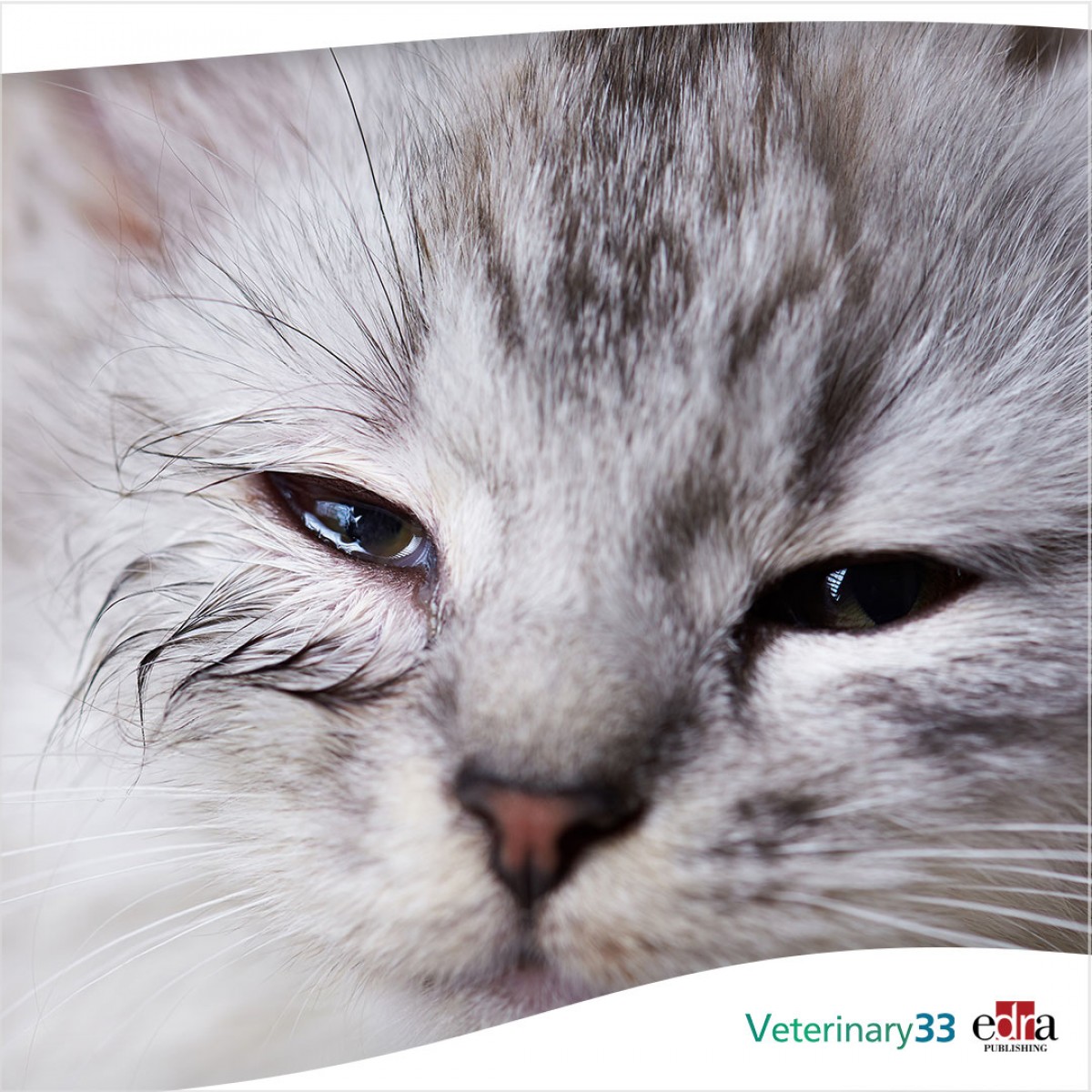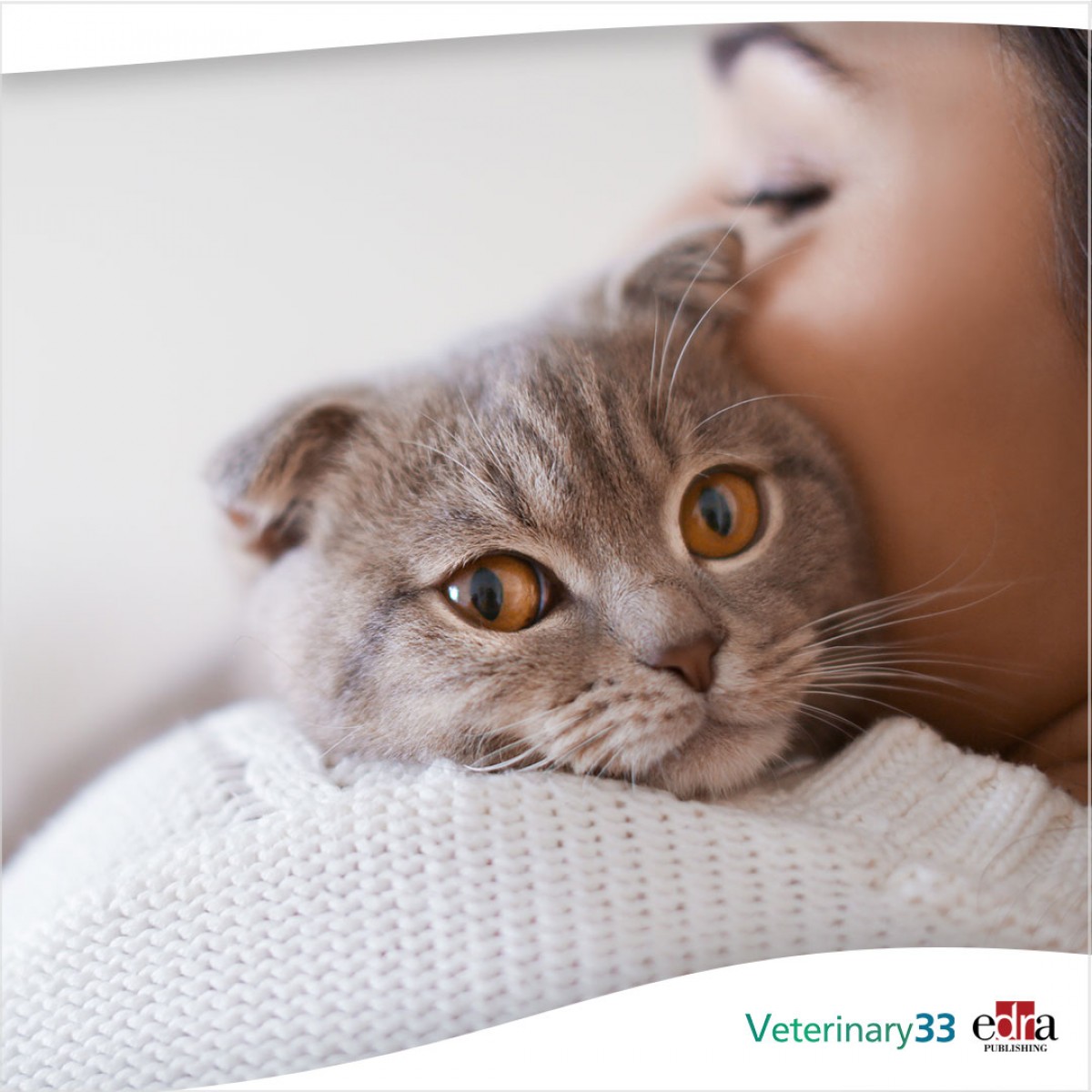Hemogram findings in cats from an area endemic for infectious diseases
In feline Leishmania infantum (Li) infection and in clinical cases of feline leishmaniosis, co-infection with feline immunodeficiency virus (FIV) has been reported. However, the role of the retroviral co-infection in the impairment of feline clinical health is still controversial. The aim of this study was to evaluate hemogram changes in cats from regions endemic for both Li and FIV infection.
Overall, 496 cats tested for Li (EDTA blood polymerase chain reaction and immunofluorescence antibody test) and for FIV infection (enzyme-linked immune assay) were retrospectively evaluated. Hemogram results including blood smear morphological evaluation were statistically compared considering four infection patterns: Li+FIV+, Li+FIV-, Li-FIV+, and Li-FIV-.
Significantly lower values of erythrocytes (Li+FIV-: p = 0.0248; Li-FIV+: p = 0.0392) and hemoglobin (Li+FIV: p = 0.0086; Li-FIV+: p = 0.0249) were found in both infections when compared to Li-FIV- cats, and severity of anemia was more frequently moderate in Li-positive cats (p = 0.0206) and severe in FIV infection (p = 0.024).
Li infection was associated with monocytosis (p = 0.0013) and morphologically activated monocytes (p = 0.0209). Moreover, FIV infection was associated with the presence of inflammatory leukogram (p = 0.023), and an association between thrombocytosis and the co-infection was found (p = 0.0347).
The authors conclude that Li infection in this population of cats induced hematological changes compatible with chronic inflammation, some of which were due to co-infection with FIV.
Marisa Masucci, et al. “Hemogram Findings in Cats from an Area Endemic for Leishmania infantum and Feline Immunodeficiency Virus Infections.” Vet Sci. 2022 Sep 16;9(9):508. doi: 10.3390/vetsci9090508.














List
Add
Please enter a comment